It was the first time I have been happy to be a senior citizen when Washington, D.C. opened its vaccine to those over the age of 65. Other than movie discounts (back when people went to the cinema), there are few benefits of aging. Most of the time, it is aches and pains and younger colleagues wondering when you are going to retire.
But the D.C. announcement put me among the first three percent of Americans to receive the vaccination and provided me with a vantage point from which to observe the distribution process. At some levels, the system worked well. As soon as the capital city opened its portals beyond healthcare workers, emergency personnel, and first responders, I went to its online registration system and signed up. The site asked a few questions regarding age, occupation, and any chronic medical conditions, and then having determined I was 66, automatically routed me to an appointment page. That site gave me a choice of going to one of several dozen vaccination sites around D.C. and asked me to select a specific day and time. After I did so, I received an email confirmation certifying my date, time, and vaccination place. The whole signup process took only about five minutes.
On the appointed day, I showed up at the Giant Supermarket Pharmacy and stood in line. While there, someone caught me off-guard by saying “you don’t look 65.” Stunned, I turned around to defend myself only to discover it was an old friend from Brown University who was joking with me. I hadn’t seen him for a while and didn’t immediately recognize him behind the mask. We stood in line for what turned out to be an hour and 45 minutes to get the shot. Apparently, Saturday had longer lines because his wife had been there on Friday and she was in and out in only 15 minutes.
We caught up on things and then he made an astute observation. “There is a problem with the vaccine distribution,” he pointed out, “because look who is in line.” I turned around and quickly saw what he meant. Although D.C. has a population that is 62 percent minority and we were in a store located in a predominately African American neighborhood, of the 50 people in line, nearly everyone was white. During the two hours I was there, I only saw one African American waiting to be vaccinated, and there were no Latinos or Asian Americans. It is shocking that only 2 percent of those lined-up for the inoculation were minority and clearly not a good harbinger in terms of closing the racial disparity gap that has persisted throughout the pandemic.
I talked to the young man who was administering my vaccination. He was a pharmacist for Giant Supermarket, not a temporary worker hired for this particular task. I thanked him for his hard work and told him he was going to save a lot of lives. He said he had injected 20 shots already that day and had another dozen or so to go.
One of the worrisome parts of the process was, other than the online registration, most of it was paper-based. Before giving me the vaccination, the pharmacist took 10 minutes filling out paperwork. He took my health insurance card and manually wrote down all the information: name, type of coverage, ID and group number, effective date, and plan specifications. That was so Giant could be reimbursed for the cost of the vaccination. If someone did not have insurance, that person still would get the shot, but Giant would have to seek reimbursement from the federal government.
He also had a separate sheet of paper where he wrote down the names and insurance numbers of all the people to whom he had administered the shot. Then he pulled out a COVID vaccination record card of the sort I recalled from my youth and wrote that I had received the Moderna first dose on the specified date, the location of the Giant store, and the time four weeks from now when I would return for my second dose.
I got the shot and suffered no side effects. But if there had been any problems, he gave me a sheet of paper that directed me to a Centers for Disease Control website where I could report any problems as a result of the vaccine. It is vital that the CDC has a site to compile data on side effects to have real-time information on adverse consequences for all vaccine recipients.
Having gone through the vaccination process, it is clear America needs to get far more serious about its vaccine distribution system. Vaccine production needs to be ramped up immediately so the supply matches the demand. Right now, many more people want vaccines than there are available doses.
In addition, the clear racial disparities mean cities and states need to prioritize vaccines for communities that have experienced the highest COVID incidence rates and have the highest financial needs. Local distributors need to recognize the reality of disparate impact by race and ethnicity, and set up community centers, outreach efforts, trusted influencers, and public education campaigns targeted on those areas. Otherwise, people in those areas are going to continue to be devastated by the pandemic and suffer even more hospitalizations and fatalities.
Those kinds of mass vaccination efforts are going to require additional Congressional funding that meaningfully addresses local government needs and provides the production and distribution support necessary to improve current disparities. Many communities already are fiscally distressed and do not have the capacity to vaccinate large numbers of people.
Although my day may have been idiosyncratic since it took place on a weekend, having only three pharmacists administer shots for a line of several dozen people is inadequate and generated considerable consternation among those waiting in line, especially among the elderly people who had mobility impairments and experienced some challenges standing for a long period of time in a crowded supermarket.
Health officials need to figure out ways to streamline the process, digitize data collection and record-keeping, and create more equity in the distribution process. The countries most likely to handle vaccine administration effectively are those that already have health information systems in place and don’t have to compile relevant material on paper-based forms.
If we are fortunate, COVID-19 will provide the shock needed to undertake fundamental healthcare reforms. For too long, America has suffered from a highly fragmented and poorly integrated administrative system. It is expensive to operate, overly dependent on paper records, and completely inequitable in terms of race and ethnicity. A paper-based system makes it impossible to take advantage of data analytics that track diagnosis and treatment and therefore offer the opportunity to improve the efficiency and equity of our system. The new Biden Administration needs to place a high priority on improving COVID vaccine distribution, payment administration, reimbursement practices, financial disparities, and medical care delivery.
The Brookings Institution is committed to quality, independence, and impact.
We are supported by a diverse array of funders. In line with our values and policies, each Brookings publication represents the sole views of its author(s).

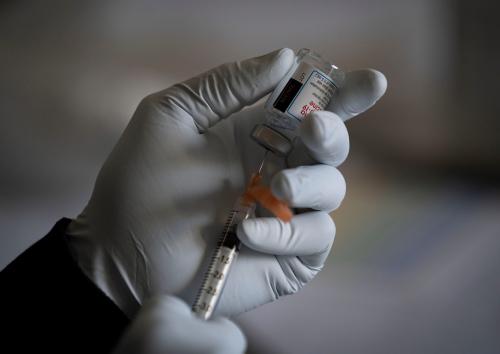
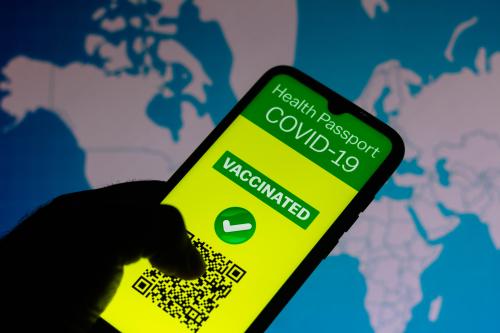
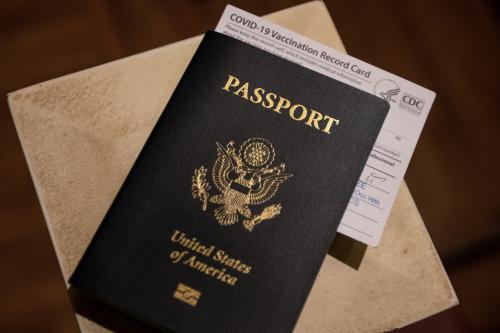
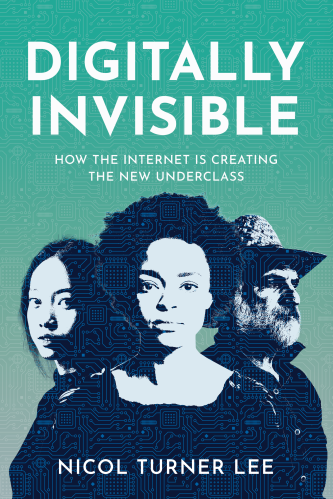
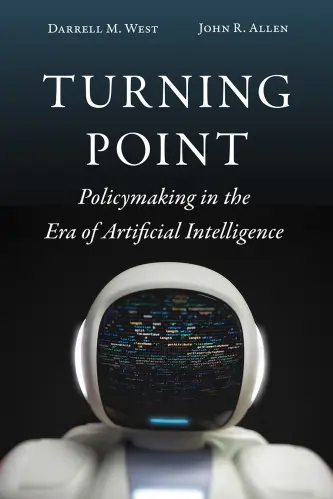
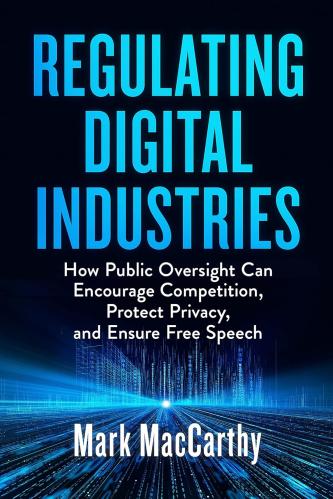




Commentary
Who is getting a COVID-19 vaccination?
January 22, 2021